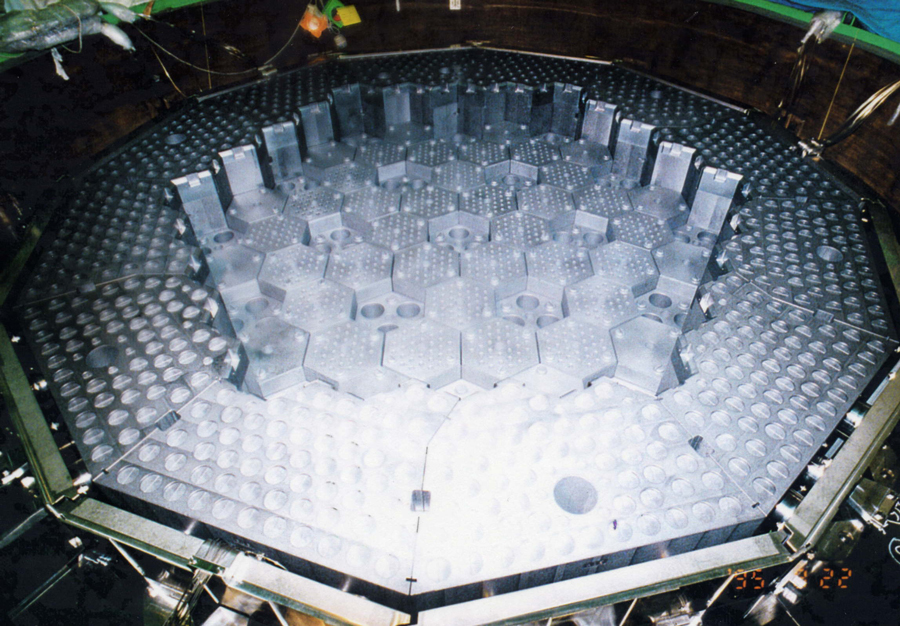A decade before the world became familiar with the color-based terminology of hydrogen, especially the green and blue versions, Japan’s strategy for producing the clean-burning gas rested on nuclear power. After the Fukushima accident, the domestic nuclear-powered hydrogen program was frozen, but it’s now making a comeback.
Last summer, the High Temperature Engineering Test Reactor (HTTR) in central Japan was restarted after a 10-year hiatus. The experimental reactor is cooled by helium, as opposed to water like most reactors in operation today. Its design both reduces risk and allows the technology to produce heat of around 950°C, enough for thermochemical manufacture of clean hydrogen.
Unlike Small Modular Reactor (SMR) technology, in which Japan is only starting to get involved, the HTTR facility represents the world’s most advanced operating example of the so-called high-temperature gas-cooled reactor (HTGR). As more and more countries consider HTGR technology, both for its increased safety and potential to make hydrogen, Japan’s experience is bringing in new international partnerships and commercial contracts.
Poland’s entire nuclear energy program, created to move the nation away from coal, is predicated on Japan’s HTGR designs and experience.
Domestically, the fate of the HTTR facility is even more crucial. It’s baked into the Basic Energy Plan and Japan’s concept for a hydrogen society, while the Green Growth Strategy describes it as a key technology for the development of large-scale hydrogen production by 2030. The tech is also an important vector for some of the big engineering firms, such as Mitsubishi Heavy Industries and Toshiba.
While the government has yet to voice support for new nuclear facilities, due to fears over voter pushback, the rebirth of nuclear as a hydrogen enabler may offer a path back to acceptance.

